Shin Splints
Shin Splints Treatment Singapore
Shin Splints Treatment Singapore
Shin splints, also known as medial tibial stress syndrome (MTSS), are a common overuse injury that affects the shin area, specifically the tibia (shinbone) and surrounding tissues. Here’s an overview of shin splints, including symptoms, causes, and management:
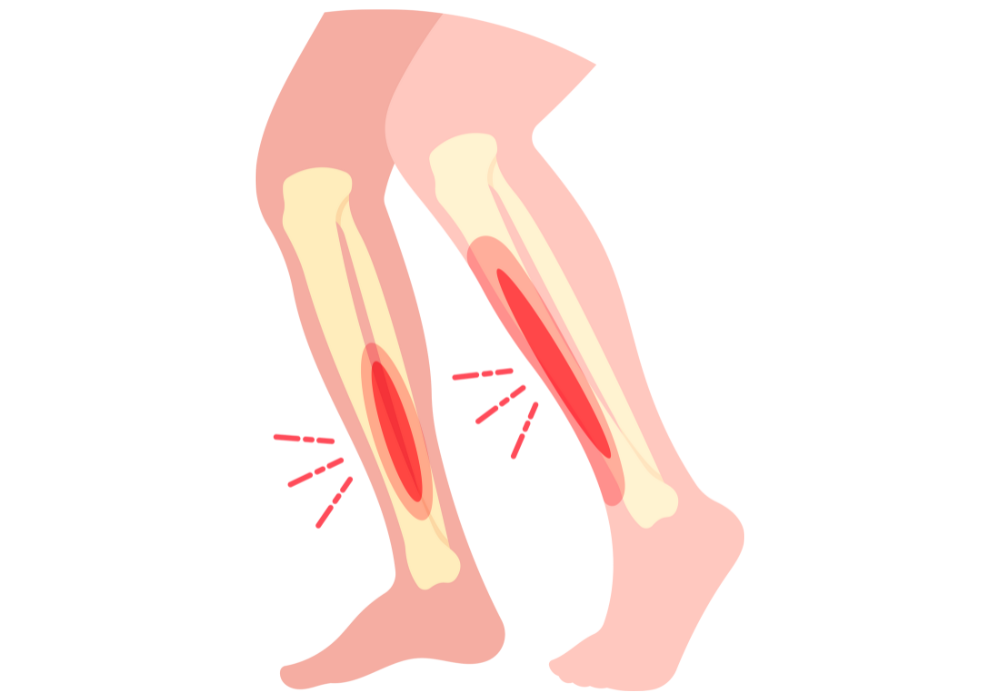
Shin Splints
Shin splints, also known as medial tibial stress syndrome (MTSS), are a common overuse injury that affects the shin area, specifically the tibia (shinbone) and surrounding tissues.
1. Symptoms:
Shin splints typically present with the following symptoms:
- Pain along the inner edge of the shinbone (tibia), which may be dull and achy initially but can progress to sharp and stabbing with continued activity.
- Pain that worsens during or after exercise, especially activities that involve running, jumping, or high-impact movements.
- Tenderness or soreness when touching the affected area.
- Mild swelling in the lower leg.
2. Causes:
Several factors can contribute to the development of shin splints:
- Overuse or repetitive stress on the leg muscles and shinbone, often seen in athletes who suddenly increase their training intensity or duration.
- Poor biomechanics or foot structure, such as flat feet (overpronation) or high arches, leading to abnormal stress on the shinbone.
- Inadequate footwear with insufficient support or cushioning for the feet.
- Running or exercising on hard surfaces like concrete or uneven terrain.
- Muscle imbalances, particularly weak calf muscles or tightness in the calf muscles and Achilles tendon.


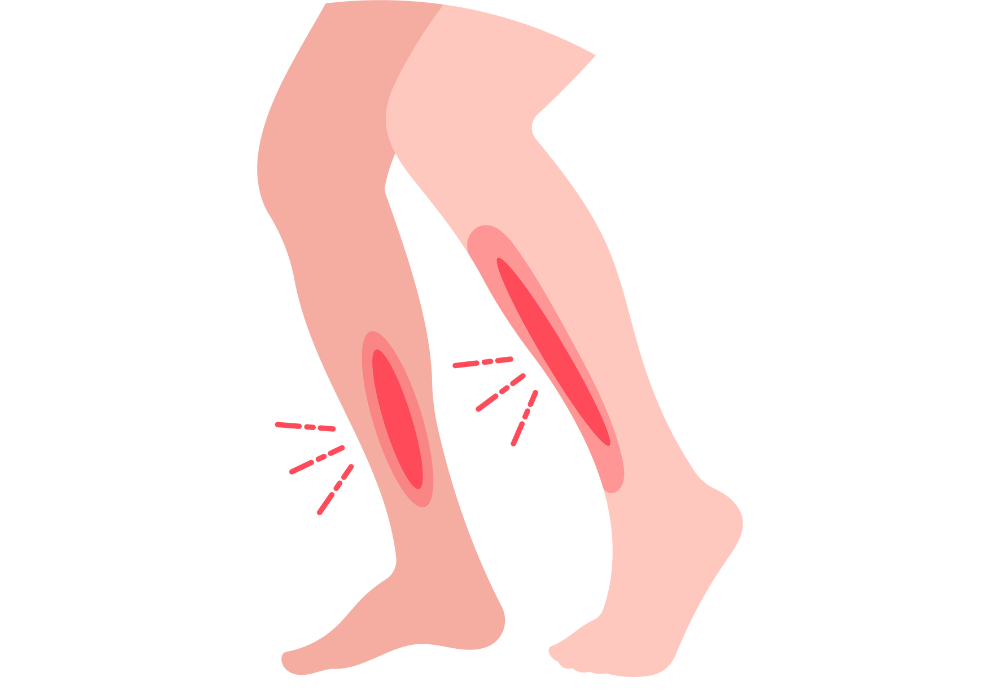
Management and Treatment:
Initially, it’s crucial to rest the affected leg to allow inflammation and pain to subside. Applying ice packs to the shin area for 15-20 minutes several times a day can help reduce swelling and relieve pain. Avoid high-impact activities that exacerbate the pain, such as running or jumping. Consider low-impact exercises like swimming or cycling to maintain fitness while allowing the shins to heal. Wear supportive and cushioned shoes that provide adequate shock absorption and stability. Consider orthotic inserts or shoe modifications if foot biomechanics contribute to shin splint development.
Perform stretching exercises for the calf muscles, Achilles tendon, and shin muscles to improve flexibility and reduce strain. Strengthening exercises for the lower leg muscles, especially the calf muscles, can help prevent recurrence.
Once symptoms improve, gradually reintroducing activities, starting with low-impact exercises and gradually increasing intensity and duration. Avoid overexertion and listen to your body’s signals.
If shin splint symptoms persist despite self-care measures, or if there’s severe pain, swelling, or difficulty walking, consult a healthcare professional for evaluation. They may recommend imaging tests such as X-rays or MRI to rule out other potential causes of leg pain.
Surgical options for shin splints, also known as medial tibial stress syndrome (MTSS), are typically considered when conservative treatments have failed to provide relief and the condition persists or worsens despite rest, physical therapy, and other non-invasive measures. Here’s an overview of surgical options and post-surgery management for shin splints:
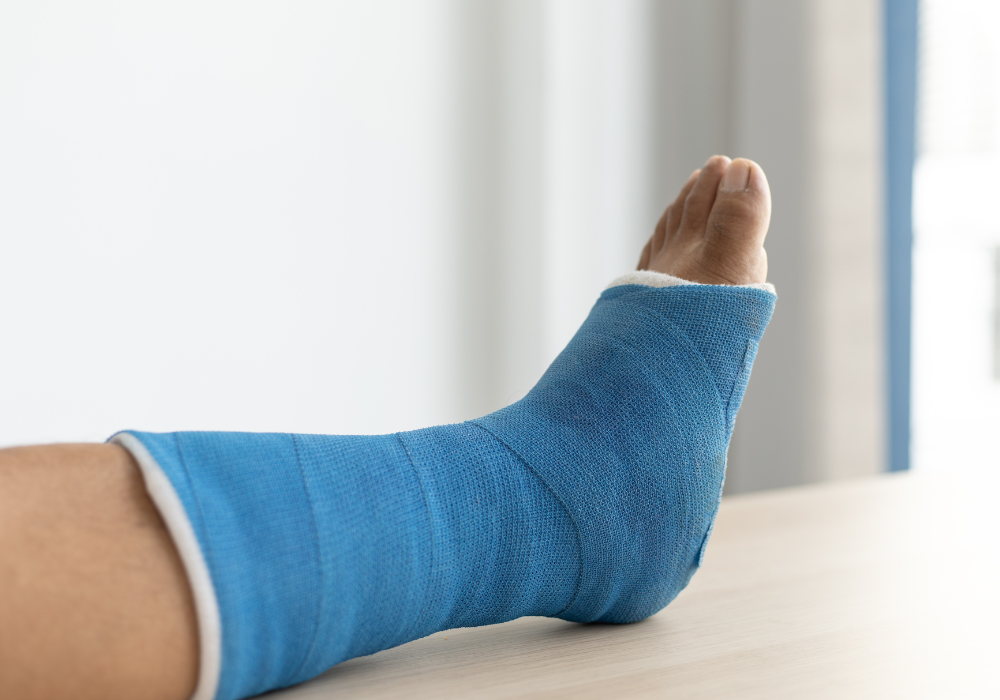
Surgical Procedures for Shin Splints Treatment Singapore :
Fasciotomy
In cases of severe and chronic shin splints, a surgical procedure called fasciotomy may be considered. This procedure involves making small incisions in the fascia (connective tissue) covering the muscles of the shin to release tension and alleviate pressure on the muscles and bone.
Bone Spur Removal
If shin splints are associated with the development of bone spurs (exostoses) along the shinbone (tibia), surgery may involve removing these bony growths to relieve pressure and reduce pain.
Tendon Repair
In rare cases where the shin splints are complicated by tendon injuries or tears, surgical repair of the affected tendons may be necessary.
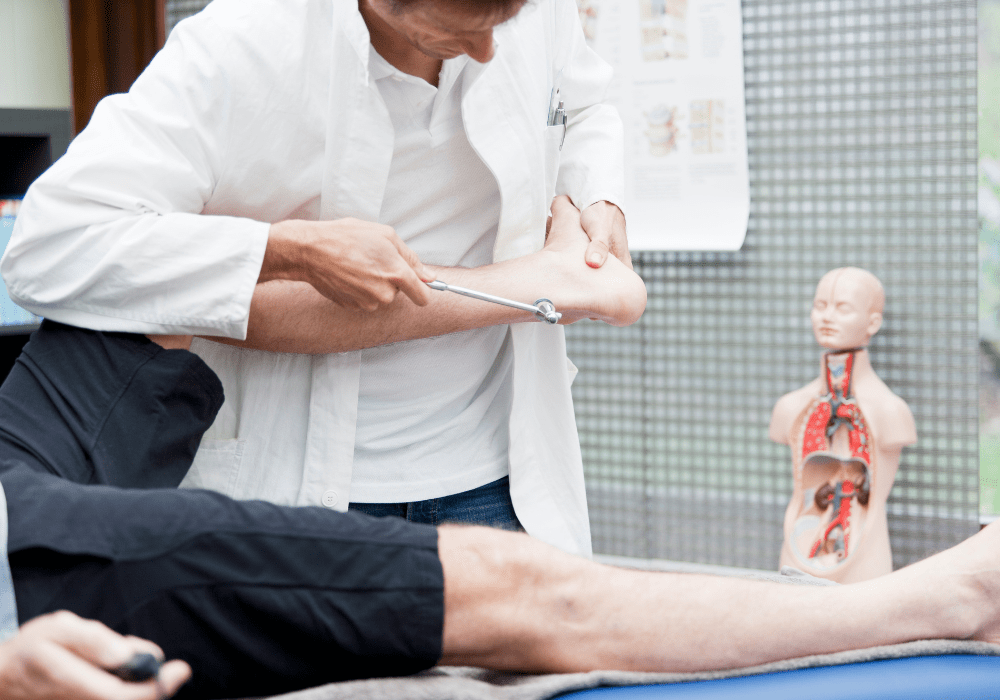

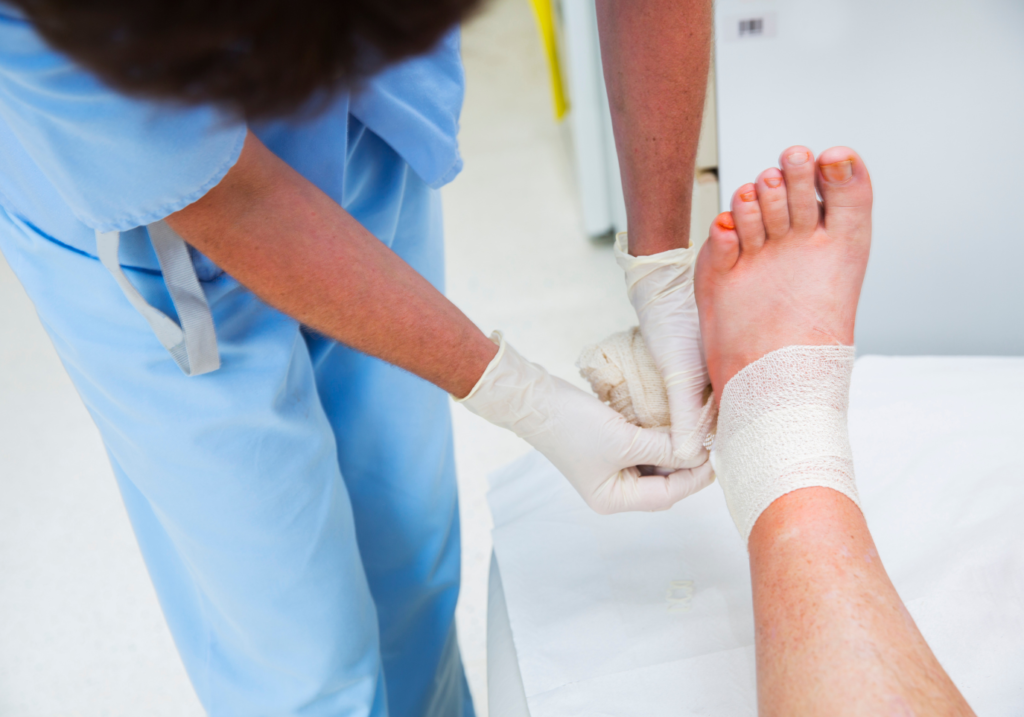
Post-Surgery Management:
Immobilisation:
After surgery, the affected leg may be immobilised temporarily with a splint or cast to protect the surgical site and allow initial healing. Rehabilitation plays a crucial role in post-surgery management.
It’s important for patients to adhere to post-surgery instructions, participate actively in rehabilitation, and communicate any concerns or changes in symptoms to their healthcare team for optimal recovery outcomes. Every individual’s recovery timeline and response to surgery may vary, so personalised care and monitoring are key components of post-surgery management for shin splints.
How to prevent Shin Splints?
Preventing shin splints involves gradual progression in training, proper footwear, warm-up and cool-down routines, strength and flexibility training, biomechanical assessments, cross-training, focusing on proper technique, and listening to your body’s signals.
To prevent shin splints, gradually increase training intensity and duration to allow muscles and bones to adapt. Wear well-fitting athletic shoes with proper cushioning and support, and replace worn-out shoes regularly. Always warm up before workouts and cool down afterward with stretching and foam rolling.
Incorporate strength training for lower limb muscles and include flexibility exercises to maintain range of motion. Consider a biomechanical assessment to identify and address any gait abnormalities or imbalances. Mix up activities with cross-training to reduce repetitive stress on specific muscles.
Focus on proper technique during activities, avoiding overstriding or heavy heel landings. Pay attention to early signs of discomfort and adjust intensity or duration accordingly. Consistency in these preventive measures can significantly reduce the risk of developing shin splints and other lower limb injuries.
To prevent shin splints, it’s essential to incorporate gradual progression in training, proper footwear, warm-up and cool-down routines, strength and flexibility training, biomechanical assessments, cross-training, focusing on proper technique, and listening to your body’s signals. Consistency in these preventive measures can significantly reduce the risk of developing shin splints and promote overall lower limb health.
If you’re experiencing persistent shin splint symptoms or have concerns about your lower limb health, visit Apex Sports Clinic for a comprehensive evaluation and personalised treatment plan.
Schedule An Appointment
Elevate your performance with Apex Sports Clinic! Schedule an appointment today for personalized, expert care in optimizing your athletic potential.
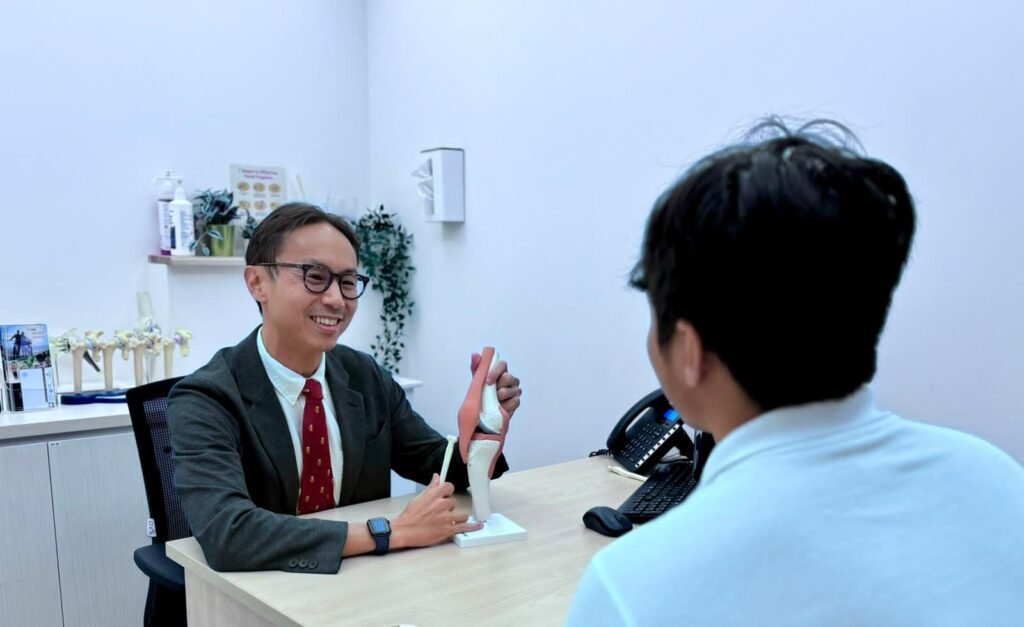

APEX SPORTS CLINIC
Search Here
Book An Appointment
Quick Links
Contact us
- Email Address
- admin@apexsportsclinic.sg
- Address
- #18-12, Royal Square Medical Center,101 Irrawaddy Road, Novena, Singapore 329565
- Phone
- +6587745468
- Address
- #03-03/04, i12 Katong, 112 East Coast Road, Singapore 428802
- Phone
- +6583219004
APEX SPORTS CLINIC
Search Here
Book An Appointment
Quick Links
Contact us
- Address
- #18-12, Royal Square Medical Center,101 Irrawaddy Road, Novena, Singapore 329565
- +6587745468
- Address
- #03-03/04, i12 Katong, 112 East Coast Road, Singapore 428802
- +6583219004
- Email Address
- admin@apexsportsclinic.sg

APEX SPORTS CLINIC
Quick Links
Search Here
Book An Appointment
Contact Us
- Email Address
- admin@apexsportsclinic.sg
- Address
- #18-12, Royal Square Medical Center,101 Irrawaddy Road, Novena, Singapore 329565
- Phone
- +6587745468
- Address
- #03-03/04, i12 Katong, 112 East Coast Road, Singapore 428802
- Phone
- +6583219004